






























Recreating the Past - Crete to Cape Vintage Aircraft Rally 2016
By Willie Bodenstein Photos VAR and Willie Bodenstein
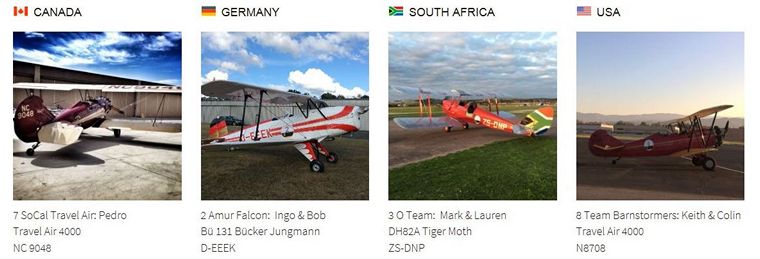
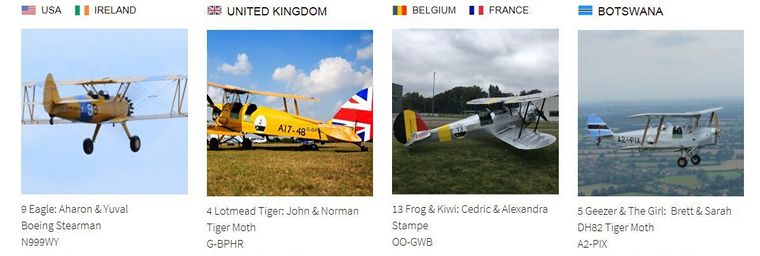
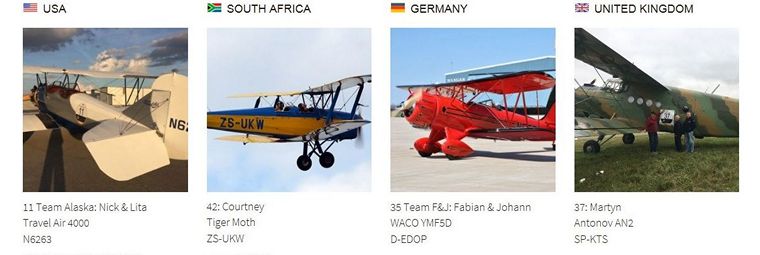
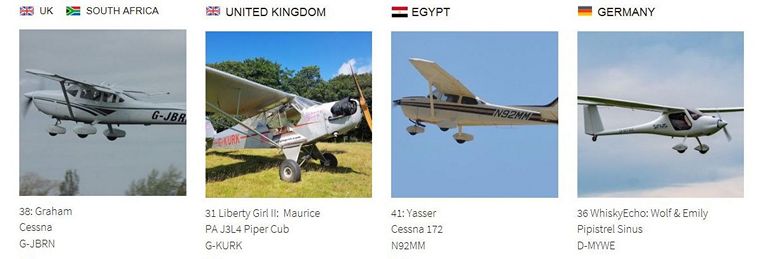
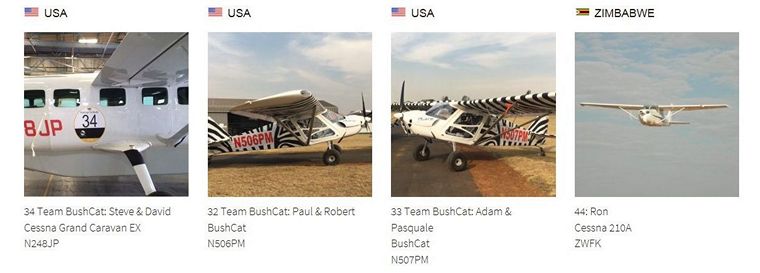
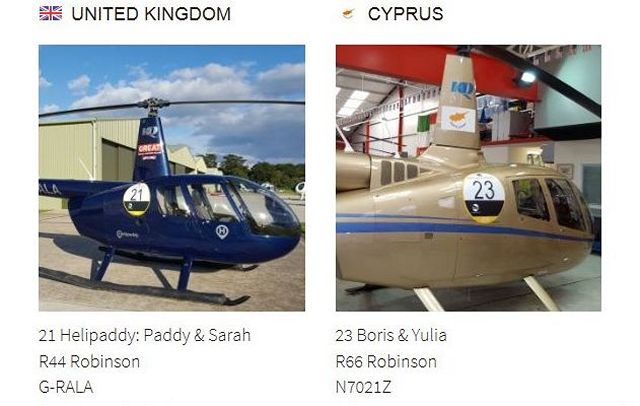
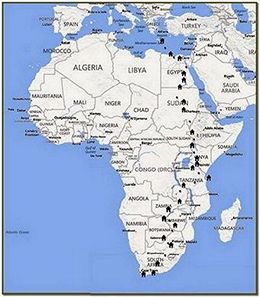
The brainchild of Sam Rutherford a former helicopter pilot in the Army Air Corps, endurance enthusiast and the owner of prepare2go, the Crete to Cape Vintage Air Rally almost exactly recreate the 1931 Imperial Airways Africa Route. Rutherford was inspired to create the rally when he learned that no similar event had been attempted by this number of vintage biplanes to travel this distance across Africa.
Prepare2go used the rally as a platform to raise money for UNICEF and endangered vultures. The rally will also raise public awareness and resources for conservation of vultures. Each team will also drop "seed-bombs" along the route from the air to support reforestation of arid land.
Adding to the adventure was the range of accommodation arranged for the crews. Sleeping bags were a essential part of the luggage as crews sometimes slept beneath the wings of their aircraft. Other accommodation ranged from 5 Star hotels to tented camps.
Leaving Crete, fast aircraft first, the crews flew in a very loose formation the 400 km stretch over the Mediterranean. Initially they were met with a headwind with some the crews doubting whether they would in actual fact make the mainland. In the end they all did and received a warm welcome although clearing custom, as it always is, was a rather tedious affair.
Germans, Johannes von Schaesberg and Fabian von Einsiedel in rally number 35, D-EDOP, Waco-YMF50 finished in 8th place
Then, like the pioneers that opened the route they too flew VFR (Visual Flight Rules) low along the Nile from Cairo where permission was granted for one aircraft to land at the foot of the pyramids. Lots were drawn and the lucky crew were the Stampe from Belgium. From Cairo they flew to Luxor, via Hurghada, located on the shores of the Red Sea and further south to the Aswan Dam.
The last stop in Egypt was Abu Simbel where they marvelled at the four seated colossi flanking the entrance of the temple complex. The next stop was at Mérowé, in the Sudan and most of the crews were on edge entering this war ravaged country.

Low flying over the vast stretches of Sudanese desert was the order of the day. Their concern were soon put at ease, the Sudanese were friendly and welcoming. At Karima they visited the Nubian Pyramids. Landing at Dongola on the banks of the Nile the crews cleared custom and refuelled. The reception at Dongola was friendly and the officialdom helpful. They arrived at Mérowé as the sun was setting over the sand dunes and overnight in a guest house.
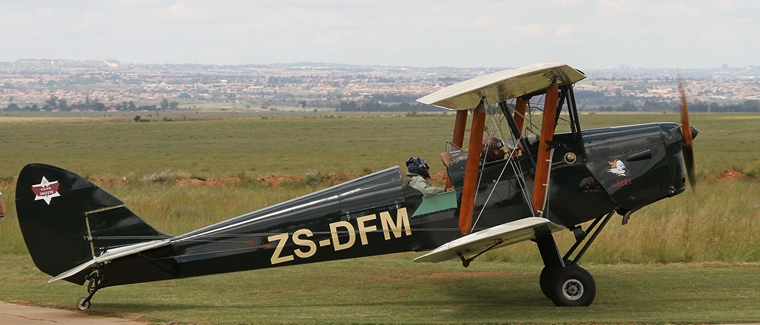
Tiger Moth ZS-DFM joined the other participants for the flight down to Stellenbosch
Next stop Khartoum where 71-year-old Maurice Kirk in his 1943 Piper Cub ,Liberty Girl II, disappeared near the border of Sudan and Ethiopia prompting a search-and-rescue operation. Kirk had not set off with the main party, but had joined en-route. Fortunately Kirk was found by locals who called a British person they knew in Juba who contacted the embassy. Unfortunately he was not able to continue.
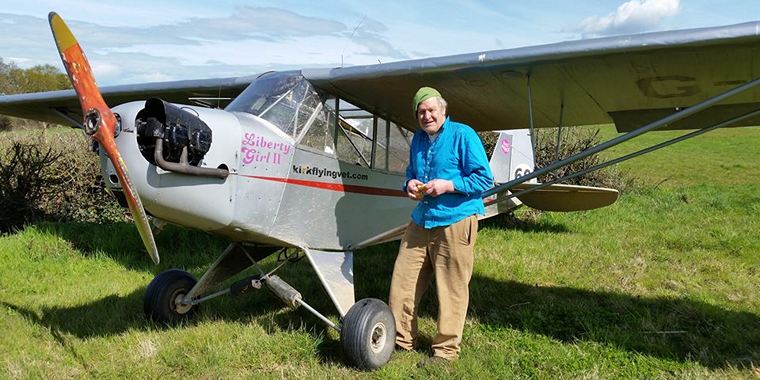
Maurice Kirk and Liberty Girl II
Then came the news on the radio; permission to enter Ethiopia has been denied and they were advised to turn back. However, they were past the point of return; return was no option and on landing at Gambela on 22 November they were detained at the airport and forced to sleep on the benches or floors. All their electronic equipment was confiscated and during day time, when a scheduled flight was due to arrive the crews were hustled upstairs into a small area where they had to stay out of sight until nightfall. What frightened them most was that they were accused of espionage and individually interrogated. Diplomatic intervention by the UK, Ireland and the US led to their release on 24 November and the journey could continue.
Nick and Lita Oppegard who finished fifth overall landing at Syferfontein in their Travel Air 4000. The Puma Energy 'Spirit of the Rally' trophy was awarded to Nick and Lita Oppegard of Team Alaska.
On the ground a storm hit the field and then they got the news that John Ordway and his daughter Isabella, who were representing Ireland, had crash-landed in a farm in central Kenya after their 1941 Boeing Stearman developed a mechanical problem. Fortunately John and Isabella walked away from the crash.
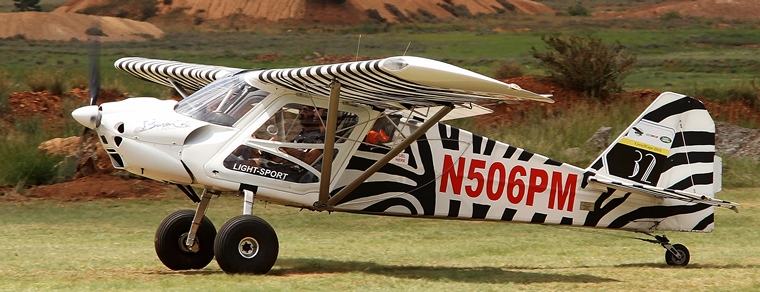
One of the two South African manufactured Bushcats that accompanied the rally in the support role
It was not really ideal flying conditions when the participants and support crews took off for Nairobi the bustling aviation hub of East Africa. Take-off from Nairobi, scheduled for early morning, was delayed with the first crews eventually only departing at midday which made for some nail biting moments as the almost 100 year old grand old lady's battled to gain height. However, the balance of the aircraft made it safely to Tanzania.
Off they went, flying past Kilimanjaro to Tanzania and the Serengeti. Flying low the crews looked at the constant movement of animals. Not all the crews opted to overfly Ngoro Crater which at 7,800 feet and with density altitude might have presented a problem. Finally arriving in Arusha they had a well-deserved rest day.
Since Avgas is not available the in most African states, Puma Energy had to position drums and the various landing strips and fuelling the aircraft was a tedious process, lasting as long as four hours to fuel the fleet. The other two Gold Sponsors were Rainbow Skyreach who supplied two Bushcat aircraft as support and Landrover who had vehicles available at certain landing points.
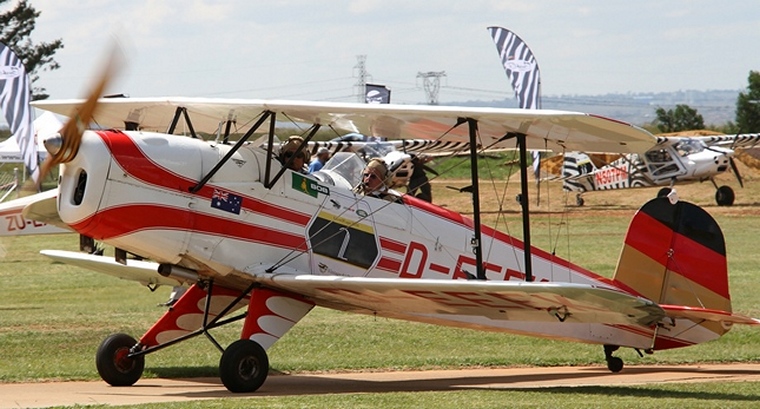
Ingo Presser (GER) and Bob Campbell (AUS) after landing at Syferfontein in the Bucker Jungmann
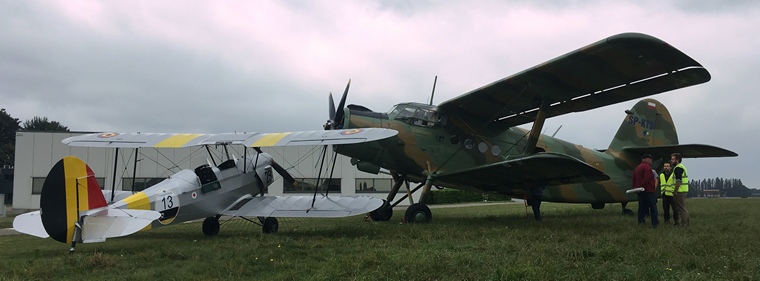
Cedric and Alexdra's Stampe next to the support AN2 in Antwerp before that start of the rally . Zambian-born businessman Martin Wiseman, who lives in Hull, England, flew the Antonov An-2
Flying low over the shores of Kariba, they looked down as herds of buffalo and other wildlife scurried out of the water as the aircraft approached. Climbing to avoid the turbulence over the gorges they flew over the town of Victoria Falls to give the entire population a glimpse of the magnificent machines before landing in a strong crosswind at Kariba. The crowds were able to mingle with the aviators and see the vintage planes up-close when they get on the ground. A flight over the Victoria Falls for any one visiting Kariba is an absolute must and the participants did just that.
At Kazungula , a small dirt strip, they are again welcomed by the locals and some aviation enthusiast who have arranged an impromptu aviation show. That evening the crews attended a gala dinner organised in their honour.
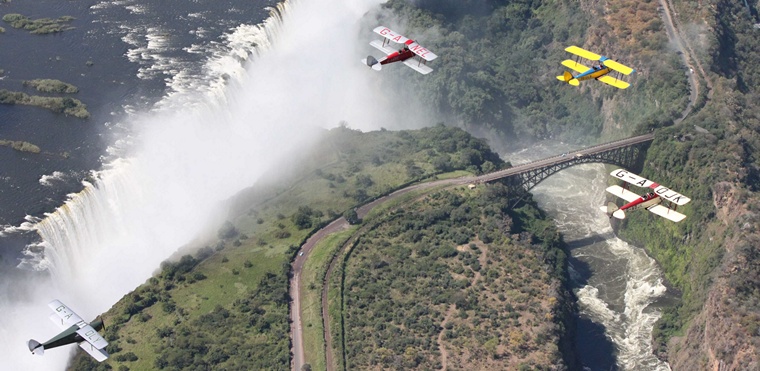
Flying over the majestic Victoria Falls

Leaving Kariba

Now twenty one days into the epic journey and having overflown almost the full length of the African continent the crews were amazed by the number of animals that they saw roaming the Botswanan Bushveld; proof that the southern African country was serious in conserving its wildlife. Before departing for South Africa they overnight at Mashatu Lodge in the Tuli block where they went game viewing and had a change to view the wildlife from up close.
Some of the visiting aircraft at Baragwaneth





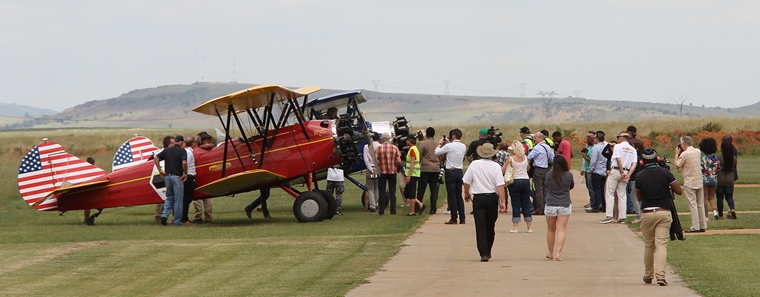
First to arrive at Baragwaneth was the two Travel Airs
Puma Energy, one of three Gold Sponsors, supplied the fuel for the rally and treated the participants and guest to a light lunch and refreshments at Baragwaneth. During a media briefing held by Head of Corporate Affairs of Puma Energy, Zohra Mc Dooley Aimone introduced the other sponsor and key role players.
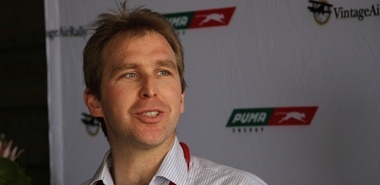

Seamus Kilgallon head of aviation, Puma Energy and Paul Maritz of Bushcat

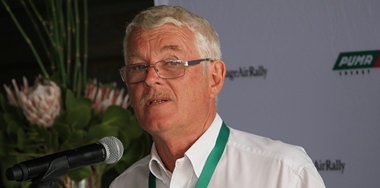
Sam Rutherford, organisers of the VintageAirRally and Dave Gill Chairman Johannesburg Light Plane Club
From Baragwaneth it was a short hop to Blue Mountain Valley Airfield where the crews were to spend two nights being lavishly entertained by their host John Sayers and treated to displays by the Academy Brushware Flying Lions and Jason Beamish. Skydiving legend Graham Field added to his considerable tally of aircraft by jumping first from a Waco piloted by Nico van Staden and later from a Travel Air. A large number of invited guests in various vintage and modern aircraft also arrived to meet and interact with the intrepid adventurers.

Graham in the Waco with Nico at the controls taking off for his jump

Some of the aircraft at Blue Mountain Valley Airfield

Flying Lions Display at Blue Mountain Valley

Jason displaying the Extra

Cédric and wife Alexandra Collette flew the Stampe from Belgium to Crete for the journey down to Cape Town. They finished 7th overall
Leaving Gariep ahead laid a leg of 240 N/miles over high and usually turbulent ground and mountains to Plettenberg Bay for a rather windy landing. Plettenberg was the second but last stop before the end of the epic adventure with the arrival at Stellenbosch where again they were met by a large number of visitors and vintage aircraft.
As a fitting finale a lavish prize giving gala dinner was held in the historical Cape Castle. On their journey south the flying teams have been competing against each other and leader boards, comparable to those used in the classic car rallies, were used to determine the winner of this epic classic rally and Peter Langton's name was announced to loud applause.
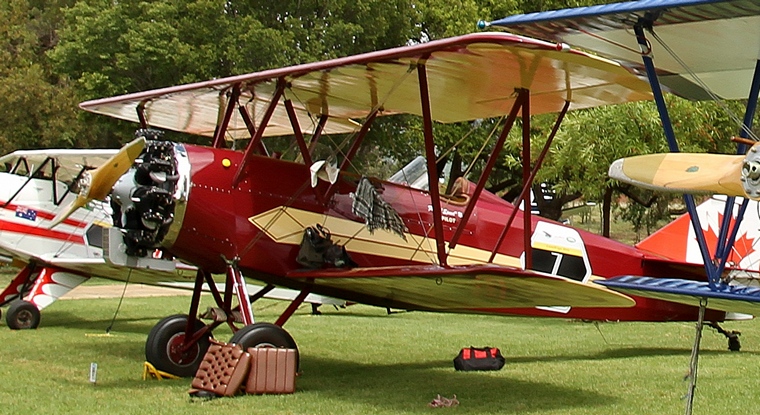
Winner Canadian Peter Langton's Travel Air 4000, C9048, rally number 7 parked at Blue Mountain Valley
Ingo Presser (GER) and Bob Campbell (AUS) in rally number 2 Bucker Jungmann D-EEEK finished in 2nd place

South Africa's Mark and Lauren Oostingh in rally number 3 ZS-DNP DH82A-Tiger Moth finished in 3rd place

The UK's John Baxter and Norman Parry in rally 4 G-BPHR DH82A-Tiger Moth finished in 4th place
The 1920's era aircraft made an arduous journey and their pilots experienced unique flying and navigation challenges in their open cockpits that exposed them to the elements for long distances. Flying the bi-planes tested not only the pilots' skills and aircraft to the limit but also was a supreme test in fuel management as some of the legs were at their maximum range.
Besides being a competition of flying skill, the recreation of the past, an adventure that will be remembered and a fund raising exercise for conservation the Vintage Air Rally also exposed aviation to the thousands that had flocked to airstrips where ever they landed.
The aircraft, the grand old ladies that with few exceptions behaved so well will, with a few exceptions, now be crated and returned to their home countries. The first edition and hopefully not the last of the Vintage Air Rally, an epic race, the first of its kind over the distance and an event that can become the "Paris to Dakar" of aviation is over. Considering the logistics and cost involved it may not be possible to stage it annually but if the organisers start now surely a second edition in 2018 will be possible?

Many thanks to Karl Jensen for flying the camera ship and to Nico van Staden for organising the shoot as well as Wayne Lowe, Senior Director, Strategic Communications EMEA, FTI Consulting and Caroline Parker Managing Director, Strategic Communications, FTI Consulting for supplying information and images used in the compilation of this report and all the participants that were more than willing to share their experiences.
 |
 |
 Copyright © 2024 Pilot's Post PTY Ltd
The information, views and opinions by the authors contributing to Pilot’s Post are not necessarily those of the editor or other writers at Pilot’s Post.
Copyright © 2024 Pilot's Post PTY Ltd
The information, views and opinions by the authors contributing to Pilot’s Post are not necessarily those of the editor or other writers at Pilot’s Post.